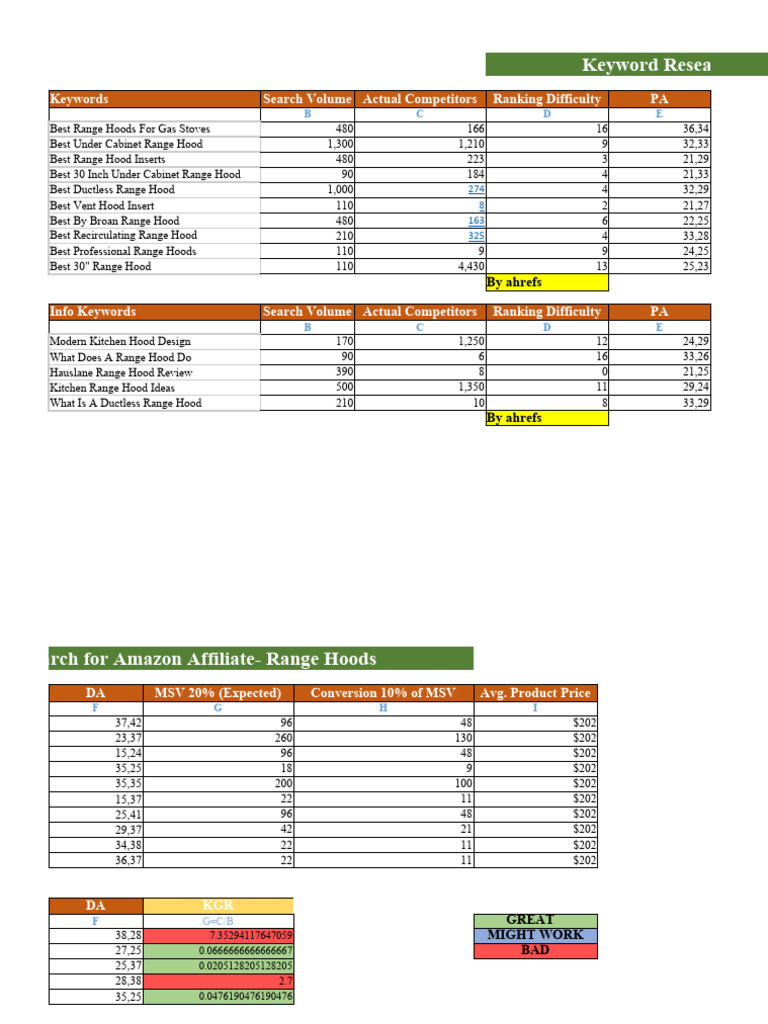Wordstream
Marketing Verticals List
The world of marketing is vast and diverse, encompassing a wide range of specialties and focus areas. Over the years, various marketing verticals have emerged, each targeting specific industries, audiences, or marketing strategies. Understanding these verticals is crucial for businesses and marketers to tailor their efforts effectively and reach their desired outcomes. Here’s an overview of key marketing verticals and their characteristics:
1. Digital Marketing
- Description: Encompasses all marketing efforts that use digital channels to promote products or services. This includes search engines, social media platforms, email, and websites.
- Subcategories: SEO, PPC, Social Media Marketing, Email Marketing, Content Marketing.
- Importance: High reach and measurability make digital marketing a cornerstone of modern marketing strategies.
2. Content Marketing
- Description: Focuses on creating and distributing valuable, relevant, and consistent content to attract and retain a clearly defined audience.
- Subcategories: Blogging, Video Marketing, Podcasting, eBooks, Whitepapers.
- Importance: Builds trust and establishes the brand as an authority in its field.
3. Influencer Marketing
- Description: Involves partnering with influencers who have an established audience that aligns with the target market of the brand.
- Subcategories: Nano, Micro, Mid-tier, Macro, and Celebrity Influencers.
- Importance: Offers a way to reach niche audiences through trusted voices.
4. Experiential Marketing
- Description: Creates memorable brand experiences for customers, aiming to establish a deeper connection.
- Subcategories: Events, Activations, Installations.
- Importance: Generates engagement and brand loyalty through firsthand experiences.
5. Social Media Marketing
- Description: Uses social media platforms to promote a brand, increase engagement, and drive website traffic and sales.
- Subcategories: Organic Posting, Paid Advertising, Influencer Campaigns.
- Importance: Critical for brand visibility and customer interaction in the digital age.
6. Email Marketing
- Description: Involves sending targeted and personalized messages to customers or potential customers via email.
- Subcategories: Newsletters, Promotional Emails, Transactional Emails.
- Importance: Direct way to communicate with customers, fostering relationships and encouraging sales.
7. Affiliate Marketing
- Description: A form of marketing that involves a brand partnering with an external partner (the affiliate) who promotes its products or services in exchange for a commission.
- Subcategories: Coupon Sites, Product Review Sites, Social Media Affiliates.
- Importance: Offers a performance-based marketing channel with minimal upfront costs.
8. Video Marketing
- Description: Uses video content to promote a brand, product, or service. This can include explainer videos, testimonials, and social media videos.
- Subcategories: YouTube Marketing, Live Streaming, Explainer Videos.
- Importance: Highly engaging and shares complex information in an easily digestible format.
9. Search Engine Optimization (SEO)
- Description: The process of improving the visibility and ranking of a website in search engine results pages (SERPs) through various techniques and strategies.
- Subcategories: On-page SEO, Off-page SEO, Technical SEO.
- Importance: Essential for increasing the quality and quantity of website traffic through organic search engine results.
10. Pay-Per-Click (PPC) Advertising
- Description: A form of digital advertising where the advertiser pays each time a user clicks on one of their ads.
- Subcategories: Google Ads, Facebook Ads, Native Ads.
- Importance: Provides immediate visibility and can be highly targeted to reach specific audiences.
Each of these marketing verticals presents unique opportunities and challenges. Understanding the nuances of each allows marketers to craft strategies that are tailored to their audience, goals, and resources, optimizing their marketing efforts for the best possible outcomes.
